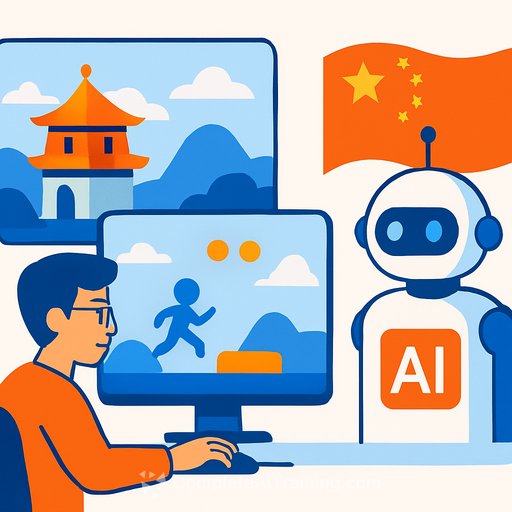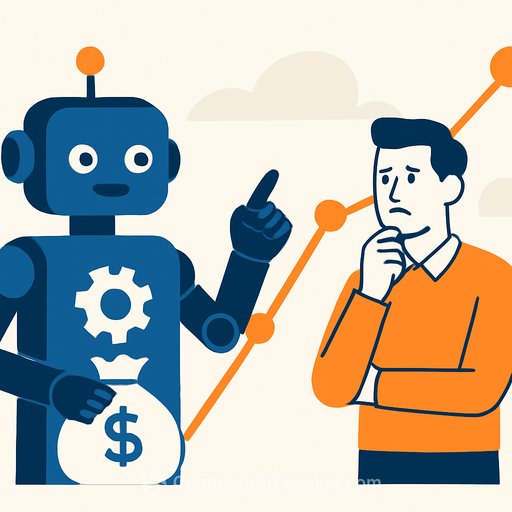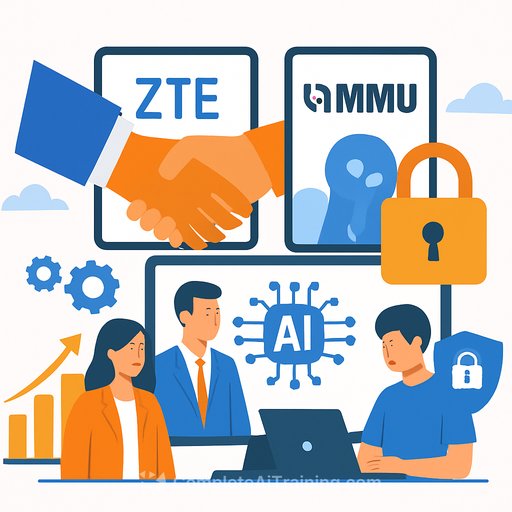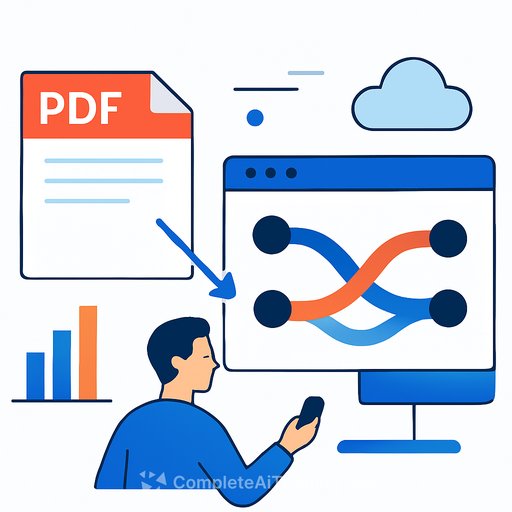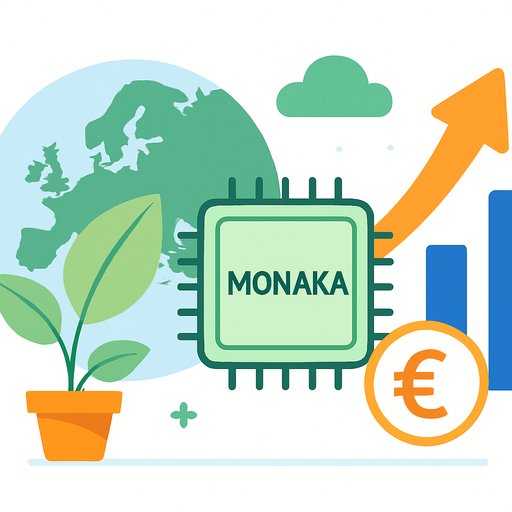AI Is Rewriting Game Dev Workflows in China - And Production Times Are Dropping
Chinese studios are moving beyond AI for single tasks. Teams are now testing AI agents that can assemble playable builds and automate big chunks of the pipeline. It's less about flashy demos and more about shaving weeks off schedules.
Leaders at major studios say the biggest payoff is in asset production. Animation and model creation make up most of the workload, and that's where AI is hitting first. Think rigging, skinning, retargeting, and motion cleanup - the grind work that stalls sprints.
What's working right now
- Rigging and skinning: Traditionally the most labor-heavy stage of animation. With AI-assisted tooling, work that used to take 1.5-3.5 days now lands in 1-3 hours - a 70%-90% cut in manual effort. For context, skinning is part of skeletal animation, and it's notoriously tedious.
- Production metrics inside large studios: One Tencent team reported a 40% shorter character animation cycle. Another cut ability prototyping from two weeks to three days.
- Adoption: These tools are live in core internal projects and offered externally. Over 50 companies - including Perfect World and Kuro Games - are using them, with trials running in Japan, South Korea, and Europe.
3D quality still has a ceiling in premium titles
According to art directors validating current tools, 3D generation has improved a lot, but it's still not producing top-tier hero assets reliably. You can move faster on secondary assets, but final, marquee-quality models still demand senior hands and tight reviews.
For big-budget projects, the risk profile matters. Most high-end teams are cautious about wide rollout to protect brand quality and avoid instability in R&D. Smaller and mid-sized teams are adopting faster because the ROI is immediate and the reputation risk is lower.
Cost math that actually moves the needle
Take a premium 3D project with art costs north of CNY100 million. If AI handles 20%-30% of secondary assets, teams can save tens of millions of yuan without touching hero content. That's practical, measurable, and bankable.
How to plug AI into your pipeline this quarter
- Target clear bottlenecks: skinning, rig retargeting, motion-capture cleanup, batch asset conversions, and prototype ability setup.
- Integrate where your artists live: Maya/Blender plugins, DCC-friendly exporters, and scripted batch jobs. Keep human review in the loop.
- Set KPIs: time-to-first-prototype, animation cycle length, asset throughput per sprint, and QA pass rates. Track deltas weekly.
- Start with secondary assets: props, NPCs, background animations, VFX variations. Keep hero content hand-built with AI assist at most.
- Hygiene and governance: versioned datasets, prompt libraries, approval gates, and license checks for all training/reference material.
- Upskill your crew: technical artists become force multipliers with AI ops, data prep, and tooling. Re-scope junior roles toward reviews and integrations.
What this means for teams
AI won't turn a novice into a senior artist overnight. The gap between a solo dev and a seasoned team still exists. But for repeatable tasks, AI is already pulling weeks off schedules and cutting burn without gambling on final quality.
If you're building an AI-assisted content pipeline and want curated training mapped to developer roles, check the latest programs here: AI courses by job.
Your membership also unlocks:

